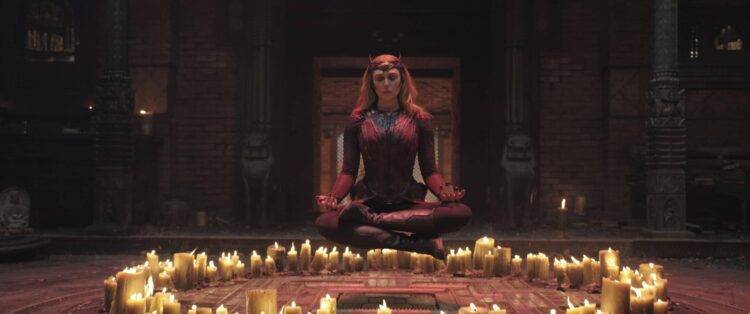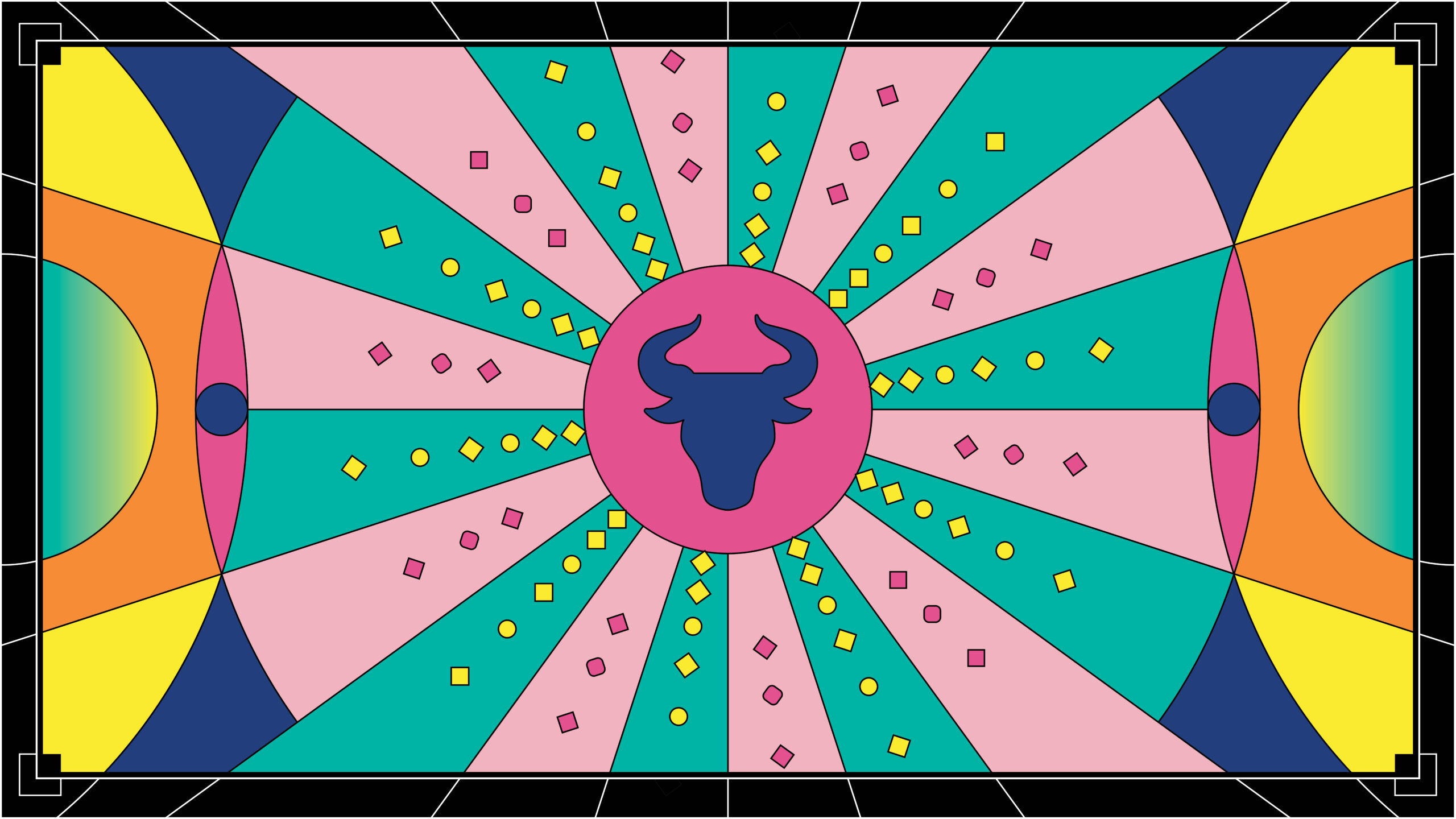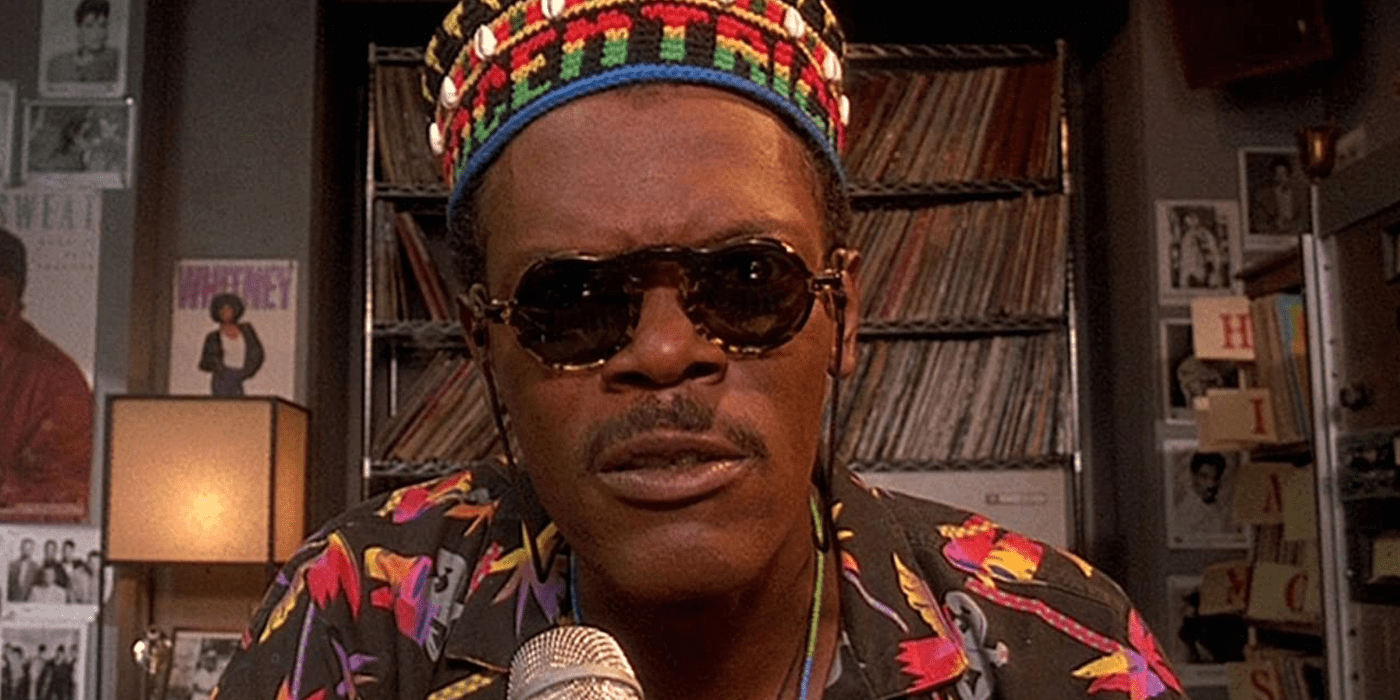
Doctor Strange, despite being a key player (and plot device) in the Marvel Cinematic Universe, has never quite shone for me. In early promotional material, it seemed like 2016’s “Doctor Strange” was going to be Marvel’s foray into horror territory, especially with Scott Derrickson, known for the “Sinister” franchise, at the helm.
Yet, when the movie came out, it was another run-of-the-mill MCU origin movie — shiny on its surface, dull at its core. In fact, “Doctor Strange” felt even more hollow than its predecessors because of how much it felt like it aped them. Stephen Strange, played by Benedict Cumberbatch, was a Frankensteined collection of Tony Stark’s snideness, Tony Stark’s ego, Tony Stark’s hubris, Tony Stark’s growth, Tony Stark’s beard… you get it. The only difference between Strange and Stark was that the latter’s technological militarism was swapped out for shiny geometrical magic.
His later entries in the franchise cemented him as Robert Downey Jr’s snarky replacement, with much of his screentime in “Avengers: Infinity War” spent bickering with his gizmo-oriented counterpart, Iron Man. And when he wasn’t Iron-Man-lite, he was a plot device. “Spider-Man: No Way Home” doubled down on his “functions” within the MCU, with Strange making bizarre decisions that could only be justified as means to move the film’s plot forward. And under all of this, lurking beneath the layers of SFX, greenscreen, and corporate maneuvering is Cumberbatch’s drawl of an American accent, more uncanny than most of the visuals of 2016’s “Doctor Strange.”
When Scott Derrickson and Marvel parted ways for Doctor Strange’s sequel, months after Derrickson promised fans that he was gearing up to make Marvel’s first horror movie, I was prepared for another milquetoast entry to the now 28-movie franchise, identical visually and thematically to all its counterparts.
Then Sam Raimi was announced as the director. Sam Raimi, famously known for genre-defining work both in horror, with the “Evil Dead” franchise, and in the superhero genre, with Tobey McGuire’s “Spider-Man” of the 2000s. Sam Raimi, a director overflowing with idiosyncrasies and oddities; with gore, with body horror, with sincerity. Sam Raimi against the great corporate machine of the MCU, notorious for its overwhelmingly flat style; movies baked in a cookie-cutter mold. In other words, the unstoppable force of the auteur Raimi, versus the immovable object of Kevin Feige’s Marvel Machine.
That’s what “Doctor Strange In The Multiverse of Madness” feels like — a game of tug of war between two titans of industry, two behemoths, fighting for every win they can. Every time the Marvel Machine gets the flag over the line, they throw in a cameo or two (or three or four), and every time Raimi does, he gets to do something weird as hell.
And almost every time, those weird bits are fantastic. They are bizarre, albeit uniquely stylistic choices; often violent, often disorienting, often, dare I say it, strange. They are pockets of weirdness in a 28 film, 6 television series (15 if you count the ABC and Netflix shows), that has figured out stories can work like math — add the MacGuffin, invert the hero, subtract the love interest, throw in some cameos, and bam, you’ve got a movie. “Doctor Strange In The Multiverse Of Madness,” with its nuggets of peculiar, bloody, eyeball-oriented charm, is no exception. In spite of Raimi’s most valiant efforts against the MCU Machine, in the end we still get not one, but TWO MacGuffins, a pretty bland sidekick, a forced love interest, an inverted hero, and surprise: cameos galore.
In “Spider-Man: No Way Home,” these cameos were ostensibly about teaching Peter how to navigate his life as Spider-Man, to find solace in his responsibilities, and to be a better hero. The cameos in this movie hold no such narrative purpose. They bring the film to a screeching halt, with a languid second act more driven by applause breaks than they are by actual characters. These scenes are inert, visually bland, and charmless, as if Raimi took the day off and handed the clapperboard directly to Kevin Feige. It’s corporate-driven storytelling at its worst, leaning on brand synergy, bad quips, and forced catchphrases rather than good storytelling.
But then, in the final act, Raimi takes the reins back, and things start to get weird (and fun) again. And a big part of that fun, surprisingly, comes from the character of Doctor Strange, as he finally steps out of the shadow of Iron Man and Robert Downey Jr. to have his own journey and character. It’s not going to blow your mind, but at the very least, it wasn’t exceptionally disappointing — which, at this point in the MCU, is high praise. Paralleling Doctor Strange’s arc is Wanda Maximoff’s, played by Elizabeth Olsen, with a surprising take on the character post “WandaVision”. I won’t say more in lieu of spoilers, but what I will say is that Raimi manages to squeeze out two semi-satisfactory character arcs, astounding considering the amount of screentime both these characters already have had.
Sometimes, movies rely their context to work. “Doctor Strange in the Multiverse of Madness” is the second Marvel property that explicitly reckons with the multiverse after “What If,” another Disney+ show. “What If” explores the alternative pasts, presents and futures of the MCU, and inadvertently points out how shallow the franchise is. “Doctor Strange in the Multiverse of Madness” is also the second major movie about multiverses this year, the other being the stellar “Everything Everywhere All At Once,” which has weirdness baked right into its DNA. This film pales in comparison to the Daniels’ masterpiece, which stands on its own two feet, and which in the long arc of history, will be recalled more fondly than Raimi’s return to superheroes.
“Doctor Strange in the Multiverse of Madness” also marks Benedict Cumberbatch’s sixth time appearing in a Marvel movie as Doctor Strange. That’s over ten hours of screentime before I actually started to get an inkling of a character I was interested in.
One last bit of context — this is the 28th movie in the MCU. I know I’ve said that already, but I think it bears repeating. This is the franchise’s twenty-eighth movie. There have been 25 James Bond movies since 1962. “Iron Man,” the first MCU movie, came out in 2008. We’re talking about a movie-making machine pumping out films at a rate unlike anything else we’ve seen in history. We are talking about quantity vastly outpacing quality. We are talking about a movie that you have to subscribe to Disney+, add “WandaVision” to your list, and carve out six hours of your life for, all to understand one of its central elements. Because now, the cost of the ticket isn’t enough to sustain the machine. It needs your monthly subscription fee too.
And then to understand a completely separate central element, you’ll also have to watch “What If” on Disney+, a show I found unimaginative and uninspiring; not coincidentally, the first MCU product that I did not finish. When I realized why I didn’t understand that part of “Doctor Strange In The Multiverse Of Madness”, I realized I was no longer a good fan. A good MCU fan endures mediocrity, simply to reap the rewards from subsequent middling movies.
And that’s what is so sorely disappointing about the Marvel movies of late. The early entries managed to dazzle and wow with their crossover potential, culminating in “Avengers: Infinity War” and “Avengers: Endgame.” But we’ve passed that peak. Now every project, spinning out of the loose threads of two other stories, attempts to set up three projects outside of itself to craft a sprawling web, wrapping the cultural mindscape in a synergistic death grip.
That’s why Doctor Strange needs six movies to become his own character. That’s why this movie is somehow tied to three separate TV shows and aims to spawn at least one more. And worse still, six movies and a Disney+ subscription later, I somehow accepted that as satisfying. That has to be the strangest part of it all.







